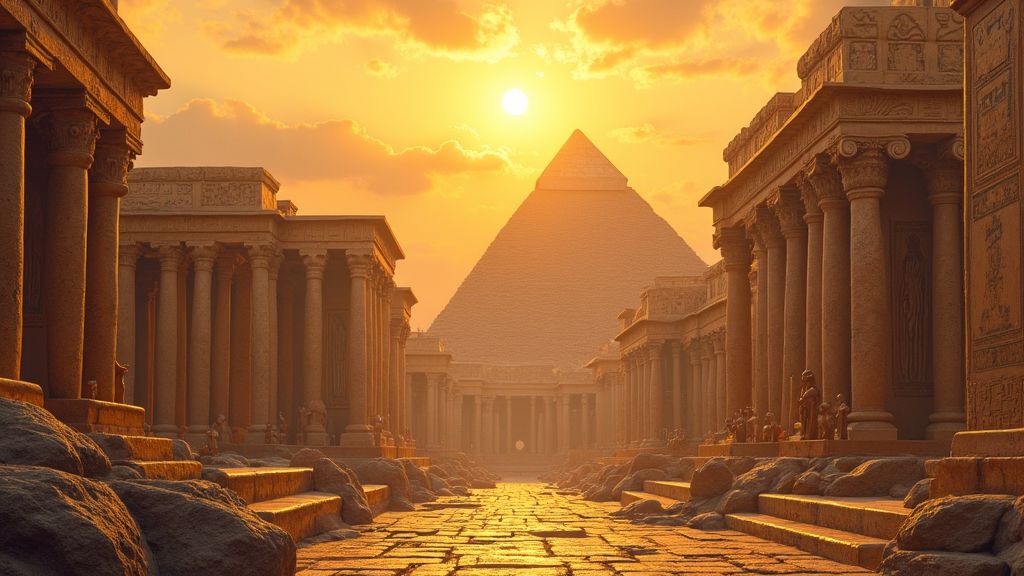Amazing Facts About Ancient Art and Architecture
When we think about ancient art and architecture, we often conjure up images of grand pyramids, intricate mosaics, and towering statues. These awe-inspiring creations have stood the test of time, captivating generations with their beauty and symbolism. But beyond their surface appeal, there are countless fascinating facts and stories that bring these ancient works to life.
The Oldest Known Artwork: The Cave Paintings of Chauvet-Pont-d’Arc
Dating back more than 30,000 years, the cave paintings of Chauvet-Pont-d’Arc in southern France are some of the oldest known examples of prehistoric art. These stunning images depict a variety of animals, including mammoths, rhinoceroses, and horses, in exquisite detail. The artists used natural pigments and intricate techniques to create these masterpieces, offering a glimpse into the lives and beliefs of our ancient ancestors.
The Great Pyramid of Giza: A Monumental Feat of Engineering
Built over 4,500 years ago, the Great Pyramid of Giza is one of the most iconic structures in the world. Standing at over 450 feet tall, this massive monument was constructed using more than 2 million precisely cut limestone blocks, each weighing several tons. The precision and complexity of the pyramid’s construction continue to baffle archaeologists and engineers, sparking numerous theories about how such a feat was accomplished.
The Acropolis of Athens: A Showcase of Ancient Greek Architecture
Perched high above the city of Athens, the Acropolis is a stunning example of ancient Greek architecture and craftsmanship. The most famous structure on the Acropolis is the Parthenon, a temple dedicated to the goddess Athena. Built in the 5th century BC, the Parthenon is renowned for its elegant columns, intricate friezes, and mathematical precision. The site continues to inspire awe and admiration for its beauty and historical significance.
The Colosseum: An Icon of Ancient Roman Entertainment
Constructed in 70-80 AD, the Colosseum in Rome is one of the most recognizable symbols of the ancient Roman Empire. This massive amphitheater could seat over 50,000 spectators and was used for gladiatorial contests, animal hunts, and other public spectacles. The Colosseum’s innovative design, including a complex system of ramps and trapdoors, allowed for elaborate and dramatic performances that captivated audiences for centuries.













